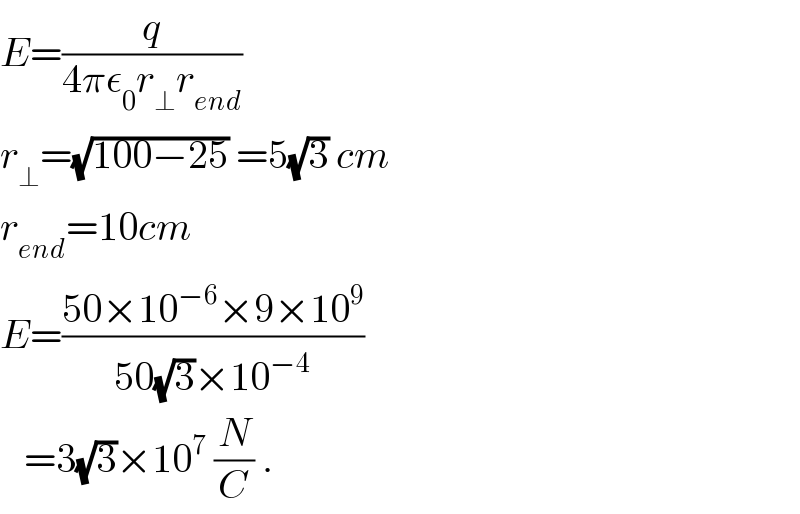
Question and Answers Forum
Question Number 36980 by Tinkutara last updated on 07/Jun/18

Answered by tanmay.chaudhury50@gmail.com last updated on 08/Jun/18

Commented by ajfour last updated on 08/Jun/18
see Q.37045
Commented by tanmay.chaudhury50@gmail.com last updated on 08/Jun/18

Commented by Tinkutara last updated on 08/Jun/18
Thanks Sir!
Answered by ajfour last updated on 08/Jun/18

Commented by Tinkutara last updated on 08/Jun/18
Thank you Sir.
